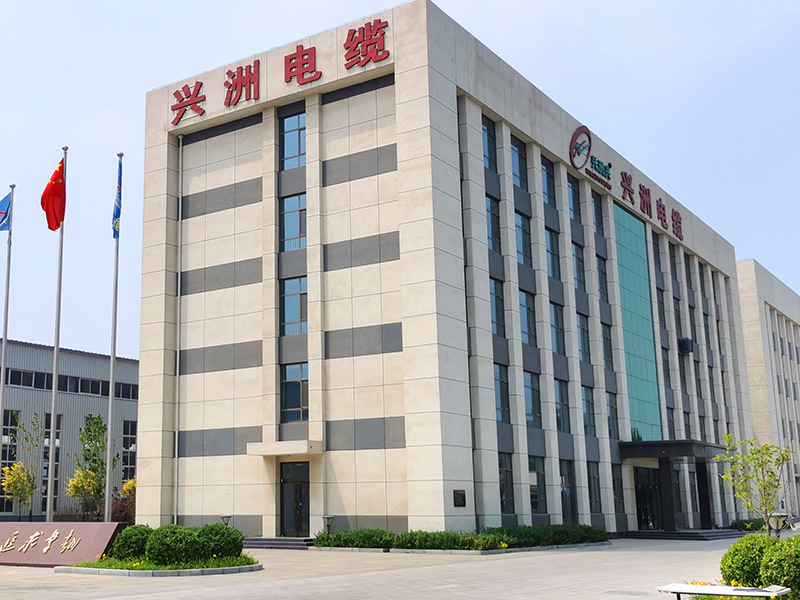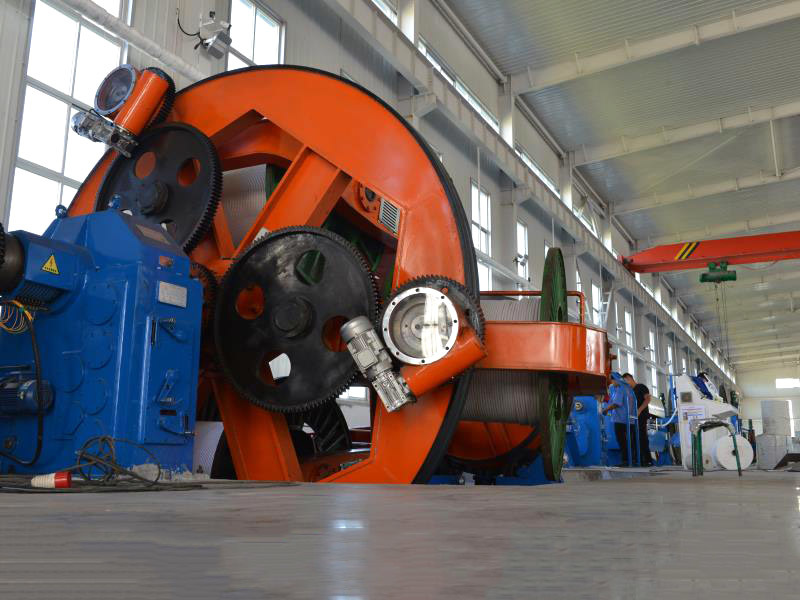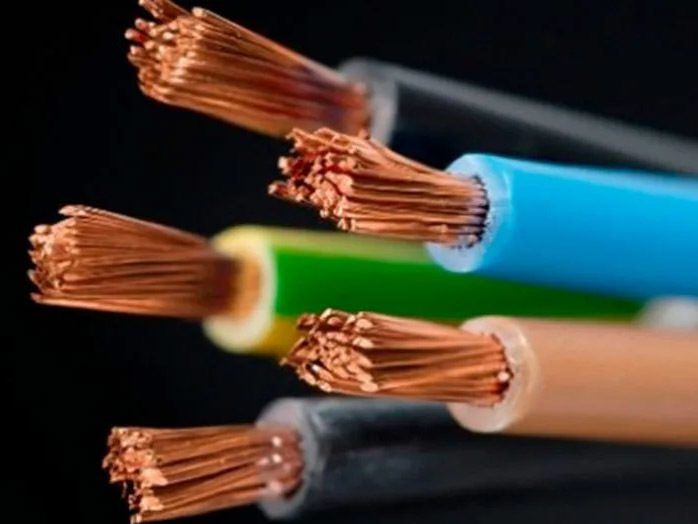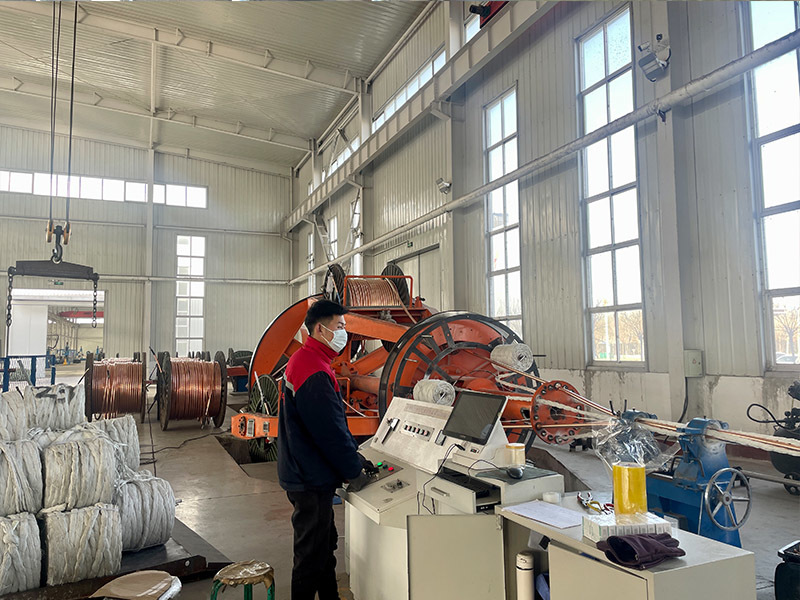What should be paid attention to during the construction and laying of cables?
1. Cable Laying Methods
There are several cable laying methods: direct burial, conduit laying, shallow trench laying, cable trench laying, cable tunnel laying, and overhead laying. Each method has its advantages and disadvantages. Generally, factors such as urban development planning, the density of existing buildings, cable line length, the number of lines laid, and the surrounding environment should be considered. From a technical comparison, cable tunnel and cable trench laying methods facilitate cable construction, maintenance, and repair. In some developed countries, urban planning and construction have considered public tunnels. Practice has proven that public tunnels operate well, greatly reducing the number of repeated investments and the phenomenon of repeated road excavation. However, the initial investment is huge, and building materials consume a lot of funds. In China, due to various factors, this laying method is rare. In comparison, direct burial and shallow trench laying are economical laying methods. Direct burial is the most economical and widely used laying method, used in suburban areas and places with infrequent vehicle traffic. However, it is not conducive to cable maintenance and repair. Once a cable fault occurs, even if a tester is used to measure the fault point, the cable trench must be reopened, which is very inconvenient. Therefore, the choice of cable laying method should be combined with the actual situation, based on engineering conditions, environmental characteristics, cable type and quantity, etc., with a developmental perspective, and in accordance with the principles of meeting operational reliability, facilitating maintenance, and being technically and economically reasonable.
2. Cable Selection
Commonly used power cables include oil-immersed cables, polyvinyl chloride insulated cables, and cross-linked polyethylene cables. According to different applications, they are extended into different types of special cables. At present, with the continuous improvement of production technology and processes, cross-linked polyethylene cables have become the most widely used cable products. When selecting cables, different environments and conditions should be considered, and the specific situation should be combined for selection. Try to reduce crossing various pipes, railways, roads, and communication cables; if direct burial and shallow trench laying methods are used, the use of steel-armored cables should be considered.
3. Cable Cross-sectional Area Selection
The selection of cable cross-sectional area is related to investment, line loss and voltage quality, and cable service life. If the cross-sectional area is too small, it will lead to a decrease in voltage quality and excessive line loss, resulting in high initial investment. Therefore, according to the load prediction results and development plan, an appropriate cross-sectional area should be selected to ensure that the power cable meets the core temperature requirements and voltage drop requirements under the maximum working current, and the thermal stability requirements under the maximum short-circuit current. Due to the high difficulty and low accuracy of load prediction work, when selecting the cable cross-sectional area, the requirements of "Technical Guidelines for the Renovation of Urban Low-voltage Distribution Networks" and "Planning Guidelines for Urban Power Grids" should also be met.
When selecting power cables in a three-phase four-wire low-voltage power grid, the selection of the neutral line cross-sectional area should also be considered. In public low-voltage networks, due to the significant influence of user factors, the balance of three-phase loads is difficult to control. To improve voltage quality and reduce line loss, the neutral line cross-sectional area should be the same as the phase line cross-sectional area.
4. Matters Needing Attention in Power Cable Construction
1) Eddy current problems caused by high-current power cables
During the construction of power cables, some use steel supports, some use steel protective pipes, and some use cable clamps and overhead laying. Wherever a closed steel (iron) loop is formed around the power cable, eddy currents may be formed, especially in high-current power cable systems, where eddy currents are larger. During the construction of power cables, measures must be taken to prevent the formation of a closed steel (iron) loop around the cable to prevent eddy current phenomena caused by the cable.
2) Mechanical damage caused by the bending of power cables
Due to the large outer diameter of power cables, transportation and laying are more difficult, and power cables have strict requirements for bending radius. During the construction of power cables, if the bending angle is too large, it may cause mechanical damage to the inside of the conductor, and the mechanical damage may cause a decrease in the cable insulation strength until a fault occurs. During construction, a primary cable head fault was found. When the cable head was made, the lengths of the three cable heads were consistent. When connecting to the equipment, due to terrain limitations, the middle phase cable head was longer and became arched, and the root of the cable head was damaged and discharged. Later, measures were taken to shorten the connection length of the middle phase cable head appropriately during equipment connection, so that the three-phase cable heads were not subjected to external forces. Practice has proven that the operation effect is good. Therefore, during cable construction, the torque on the cable should be minimized as much as possible. When the cable is bent and the cable is reserved, the cable should be in a natural bend to prevent internal mechanical damage.
3) Moisture-proof problem of power cables
Operating experience shows that most faults in medium and low-voltage power cables are intermediate joints and terminal head faults, and most intermediate joint and terminal head faults are caused by poor sealing and moisture intrusion, resulting in a decrease in insulation strength. Medium and low-voltage power cable networks mostly use a tree-shaped power supply method, and the number of cable terminal heads is large. Therefore, ensuring the sealing of cable terminal heads and intermediate joints is one of the important measures to ensure the safe and reliable operation of cables.
4) Grounding problem of medium and low-voltage power cables
On public medium and low-voltage power cable networks, because the three-phase loads are not equal, if cables with metal sheaths are used, the grounding of the metal sheaths must be considered, and the normal induced voltage at any ungrounded point of the metal sheath must not exceed 100V. We believe that in medium and low-voltage cable networks, grounding poles (nets) should be set at all cable joints, and the metal sheath should be reliably grounded.
Tag:
Recommended News
Methods for testing the insulation strength of insulated wires and cables
Distinguishing between power cables and control cables requires attention to the following points
Xingzhou Cable explains the difference between flame-retardant cables and fire-resistant cables







